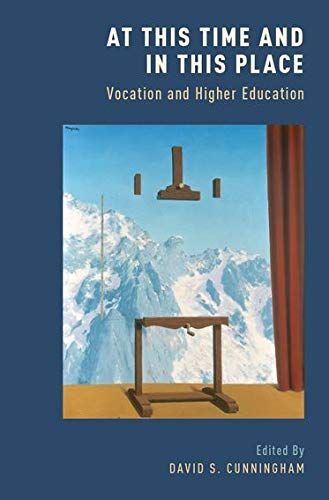
At This Time and in This Place Vocation and Higher Education
This book champions vocation and calling as key elements of undergraduate education. It offers a historical and theoretical account of vocational reflection and discernment, as well as suggesting how these endeavors can be implemented through specific educational practices. Against the backdrop of the current national conversation about the purposes of higher education, it argues that the undergraduate years can provide a certain amount of relatively unfettered time, and a "free and ordered space," in which students can consider the kinds of lives to which they are being called. The book is divided into four parts; the first of these explores the broader context within which vocational reflection takes place (attending both to the current state of higher education and to broader cultural trends). The second part examines the contours of vocation from historical, theological, and philosophical perspectives, with particular attention tonarrative as a key factor in shaping (and accounting for) one's various callings. Part three considers the relationship between vocation and virtue, both of which encourage the cultivation of good habits with the goal of living a fulfilled and fulfilling life. The last part of the book explores vocational reflection beyond the classroom, suggesting that it can also be sustained through co-curricular activities, programs for community engagement, and attention to a campus's physical features. Concluding with an epilogue that summarizes that various pedagogies of vocation that are developed throughout the book, this book also suggests that vocation may itself serve as a kind of pedagogy by encouraging undergraduates to examine larger questions of meaning and purpose. At This Time and In This Place offers a compelling argument for vocational reflection and discernment in undergraduate education; as such, it represents a significant contribution to the emerging scholarly literature in this field.